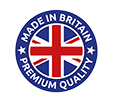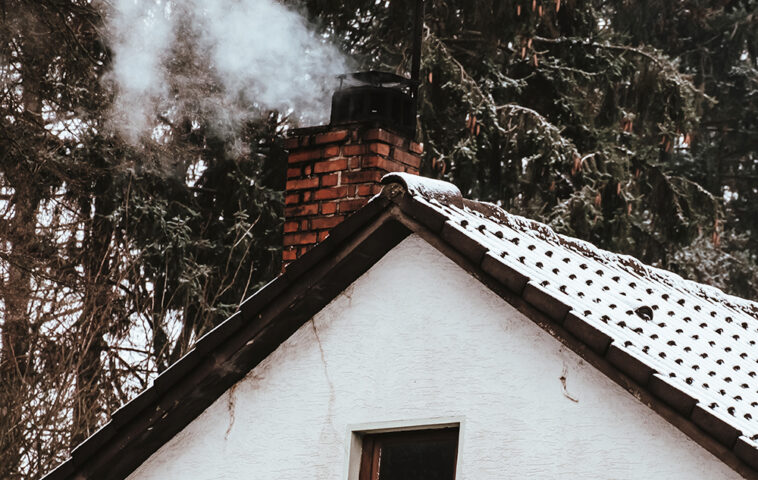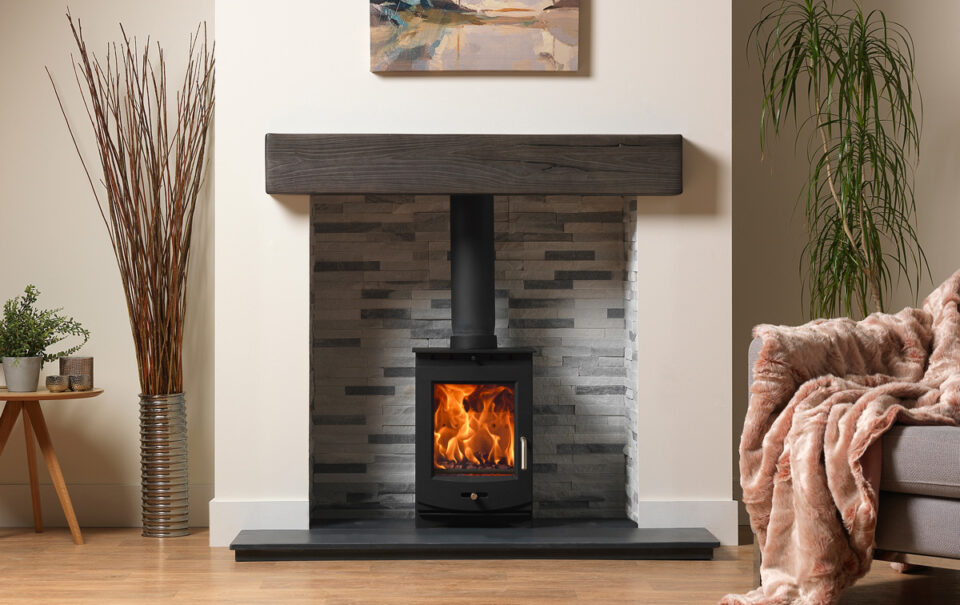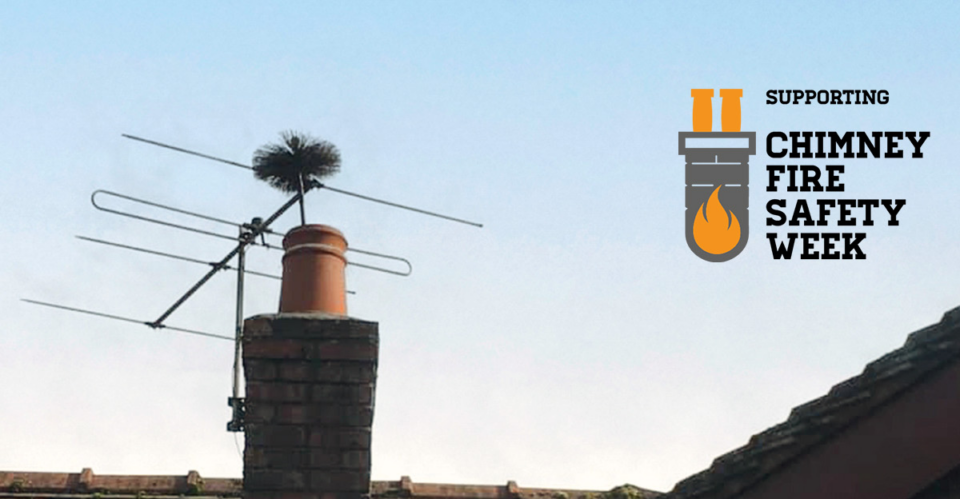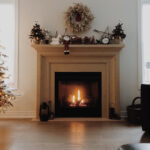
Guidelines to help you decorate your fireplace safely this Christmas
December 5, 2023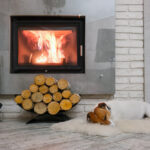
Why it is so important to burn the right fuel!
March 1, 2024At this time of year, there is usually an increase in reports of house and chimney fires. However, these fires can be easily prevented with responsible use and maintenance.
Smoky fuels release more creosote, a tarry substance that can stick to the inside of your chimney and ignite if allowed to build up. To prevent this, only use good quality dry firewood or even better, wood briquettes, which produce low amounts of smoke and therefore less creosote over time.
Regular maintenance, including annual chimney cleaning, is essential. It’s best to have your chimney cleaned by a professional who has all the right tools for the job. They can also inspect your chimney for any cracks, holes, birds nests or any other blockages, which could mean it’s unsafe to light a fire.
Click here to find a HETAS approved chimney sweep in your area.
Is your stove in good condition?
You can do most regular maintenance yourself. Remove excess soot and ash between burns to keep air vents clear and the fire burning efficiently. It’s also important to check the gaskets and seals. These stop smoke and other fumes from escaping into your home, but they can wear out over time.
If you see any cracks, fraying, or other signs of damage, get a replacement straight away. These are usually easy enough to change at home, just make sure to follow the manufacturer’s instructions and test afterwards.
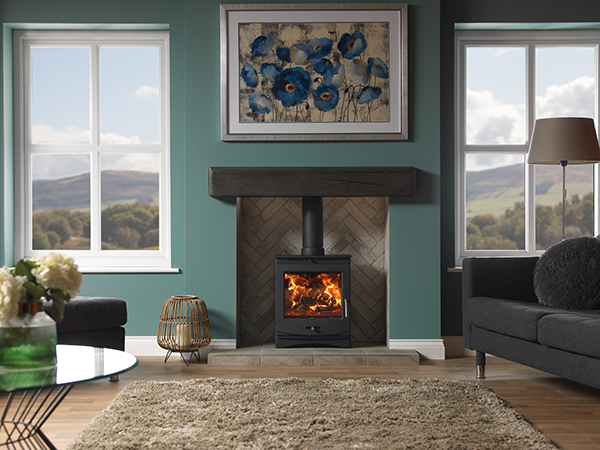
Has your stove been installed properly?
Check your paperwork and make sure that your stove was installed by a HETAS-approved installer to comply with building regulations. Legally, you can install the stove yourself if you’re capable, but it must be checked by local Building Control. This is not only important to avoid fines, but it’s also crucial for safety.
Improper installation could increase the risks of fire and carbon monoxide poisoning. And if a fire does start, a stove which is unregulated and incorrectly installed, could mean your home insurance no longer covers you.
Choose the right fuel
It’s important to only burn quality, dry wood with less than 20 per cent moisture content. The drier the wood, the less creosote is released when it burns, reducing fire risk and maintenance. While it might be tempting to burn household scraps for extra heat, this can be risky. Cardboard and waste wood often contain toxins that can build up inside your chimney. Mixing different materials can also cause the fire to burn uncontrollably, increasing the risk of a dangerous fire.
If you are buying wood for immediate use then look out for the ‘Ready to Burn’ logo or buy from a trusted local source for reassurance that the logs are dry enough to burn.
Whether you have a wood burning or a multi fuel stove, we can help you find the right smokeless fuels for your stove. Click here to find out more about which fuels have been tested and approved by HETAS and see the list of suppliers you can purchase them from with confidence.

